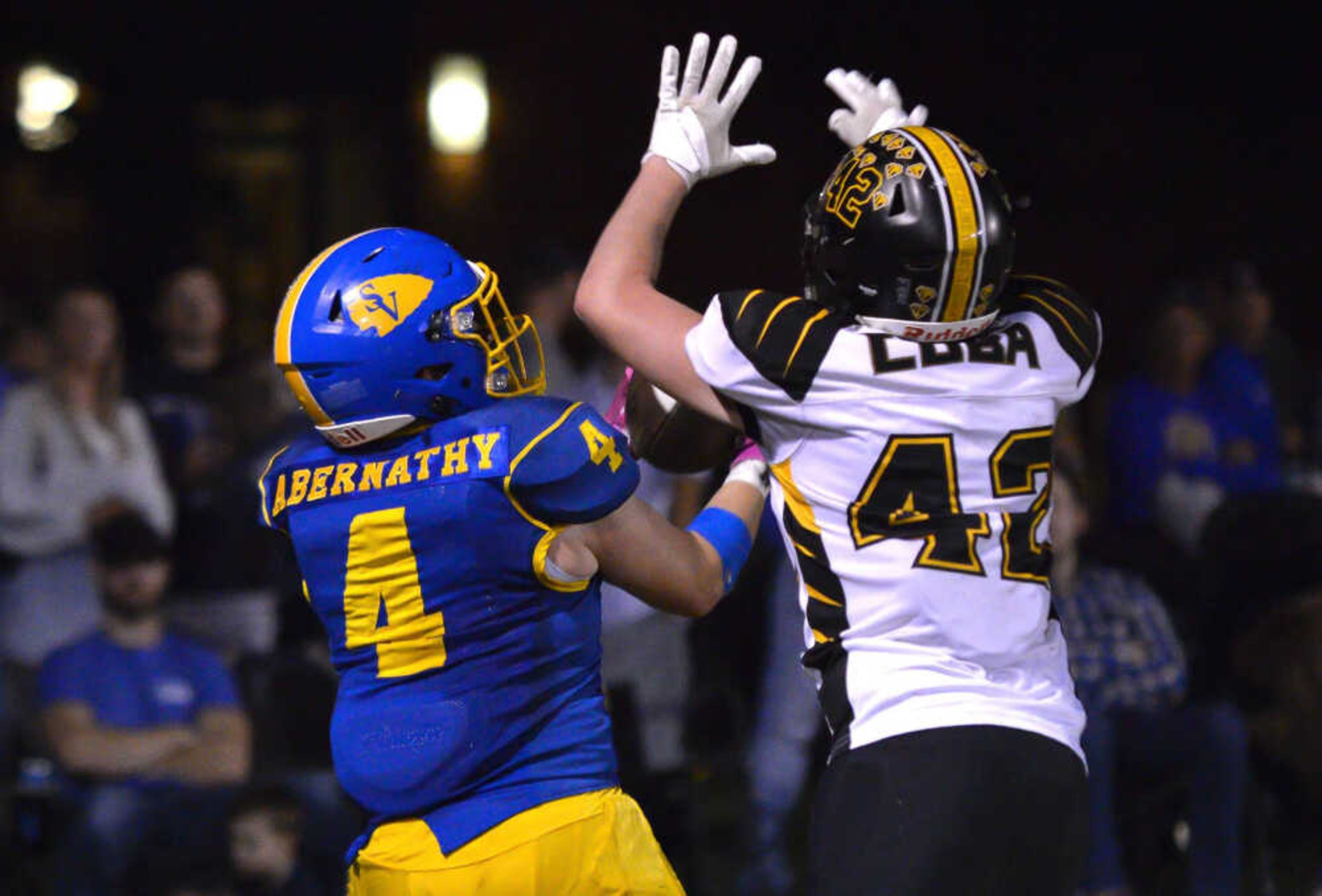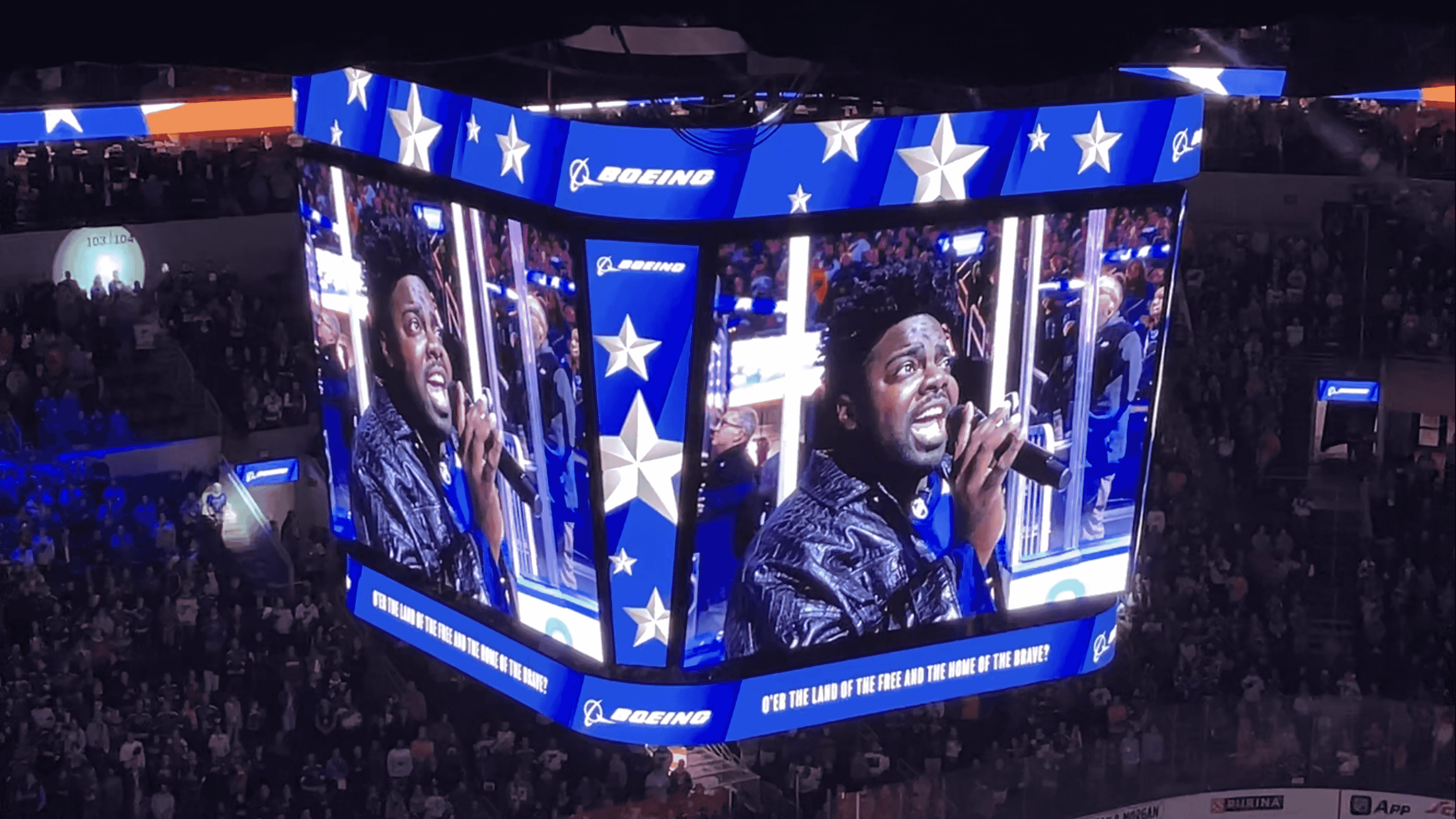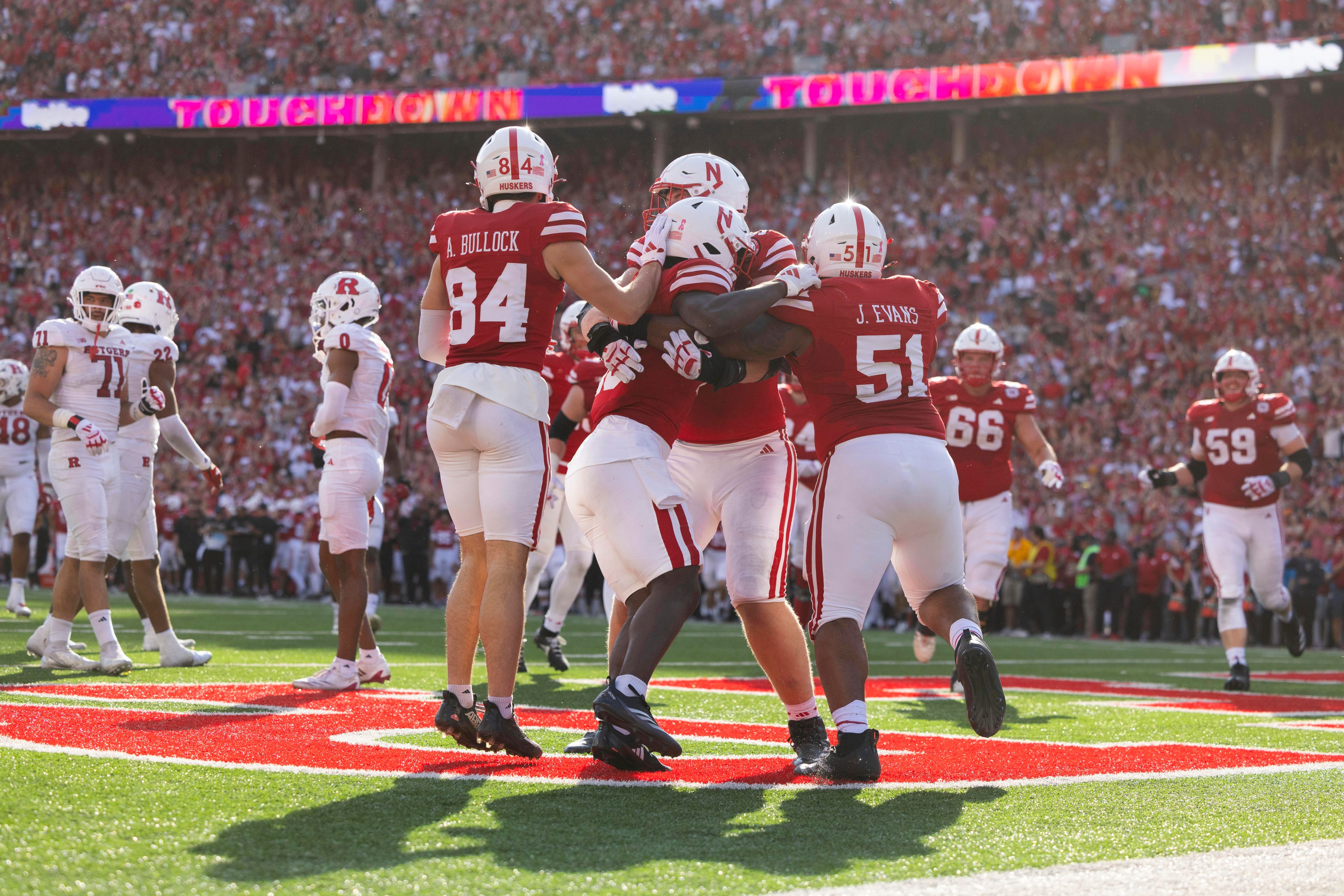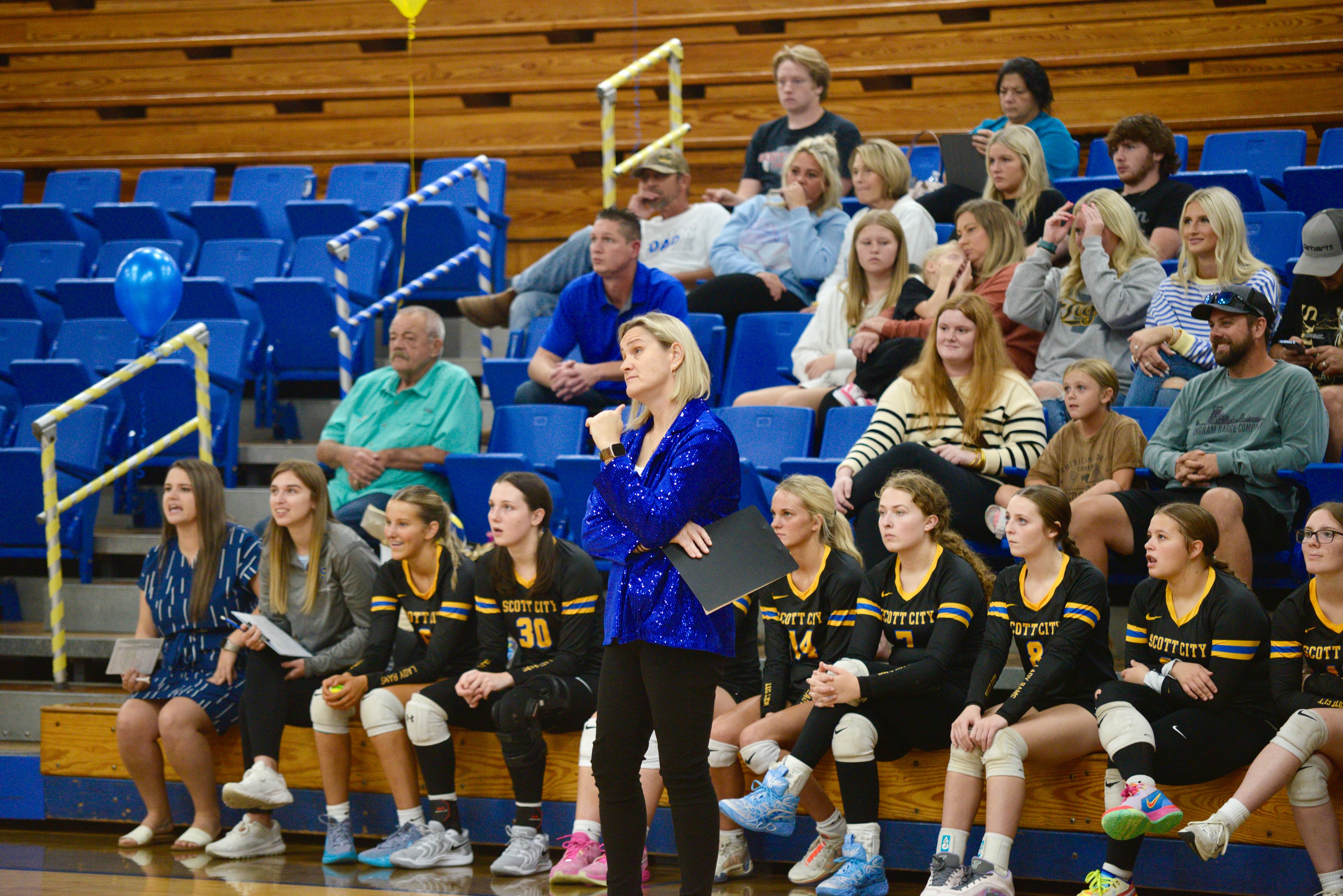Sturgeon populations require careful monitoring
Autumn on the Mississippi River brings falling water temperatures, shorter days and lower water levels. Many animals use these environmental changes as cues during their lives to move to suitable habitats. Just as some birds fly south for winter habitats, fish seek winter habitats...
Autumn on the Mississippi River brings falling water temperatures, shorter days and lower water levels. Many animals use these environmental changes as cues during their lives to move to suitable habitats. Just as some birds fly south for winter habitats, fish seek winter habitats.
One group of fish that the Missouri Department of Conservation studies during the winter is the sturgeons. The sturgeons are a fish with dinosaur-like features, like sharp bony plates and a shark-like tail. Sturgeons are bottom-dwelling fish that occupy Missouri's large rivers. Although sturgeons are similar in appearance, a properly trained eye can easily distinguish all of Missouri's sturgeon species.
There are three species of sturgeon in Missouri. The lake sturgeon is the largest and may grow to 310 lbs. The pallid sturgeon ranks second and has been reported up to 65 lbs. Missouri's smallest sturgeon is the shovelnose sturgeon, rarely reaching 5 pounds. The pallid sturgeon is a federally endangered species, while the lake sturgeon is a state endangered species. Sturgeon species populations worldwide are being assessed for at-risk status.
All sturgeon species were once valued for their eggs, which can be processed and used for caviar. Today in Missouri, only the shovelnose sturgeon's eggs can be harvested. Mature shovelnose sturgeon females are harvested from late fall through late spring with a peak harvest generally occurring with the sturgeon's reproductive cycle.
During the late 1990s fish biologists captured on average 30 shovelnose sturgeon in a net. Today we see a decline in catch of shovelnose sturgeon in the winter samples. In addition, there has been an increase in harvest reports of endangered pallid sturgeon. This type of information creates a fundamental move for the fisheries manager -- regulation and enforcement
These two items are key to protecting Missouri's resources.
Unlike sport fishes, which have regulations to protect them, the shovelnose sturgeon is considered a nongame species in Missouri. This status allows unregulated commercial harvest. While regulations on length limits, take, method and season assist biologists in the management of a species, the regulations restrict freedoms previously enjoyed by commercial anglers. As a decline in catch of shovelnose sturgeon was noted on the Mississippi River near Cape Girardeau, regulations were being considered to better manage harvest.
Regulations exist for state and federally listed species. For example, pallid and lake sturgeon must be returned to the water unharmed immediately upon capture. However, creating a regulation for nongame species in large river systems needs careful consideration.
There are a number of studies being conducted on the Mississippi and Missouri Rivers to gather information about sturgeon. Shovelnose sturgeons that are captured by researchers are being marked with external numbered tags and released back into the river. Captured lake sturgeon and pallid sturgeon receive an internal tracking tag because these fish are much longer lived and are not supposed to be harvested. Already several shovelnose sturgeons that were tagged near Cape Girardeau were recaptured during commercial take for caviar nearly 250 miles upstream in the Mississippi River.
Fall and winter fishing in the Mississippi River can provide excellent recreational and commercial opportunity for catching large fish, including sturgeons. If you capture a tagged shovelnose sturgeon, write down the tag letters and numbers and call the toll-free phone number printed on the tag. Remember to release any captured pallid or lake sturgeon.
To report any sturgeon captured in your area, call 888-203-9577 and leave a message with pertinent information about your capture, particularly your return phone number.
For more information about Missouri's sturgeon, visit www.conservation.state.mo.us/fish/endangered/sturgeon.
David Herzog is a resource staff scientist with the area Missouri Department of Conservation.
Connect with the Southeast Missourian Newsroom:
For corrections to this story or other insights for the editor, click here. To submit a letter to the editor, click here. To learn about the Southeast Missourian’s AI Policy, click here.






